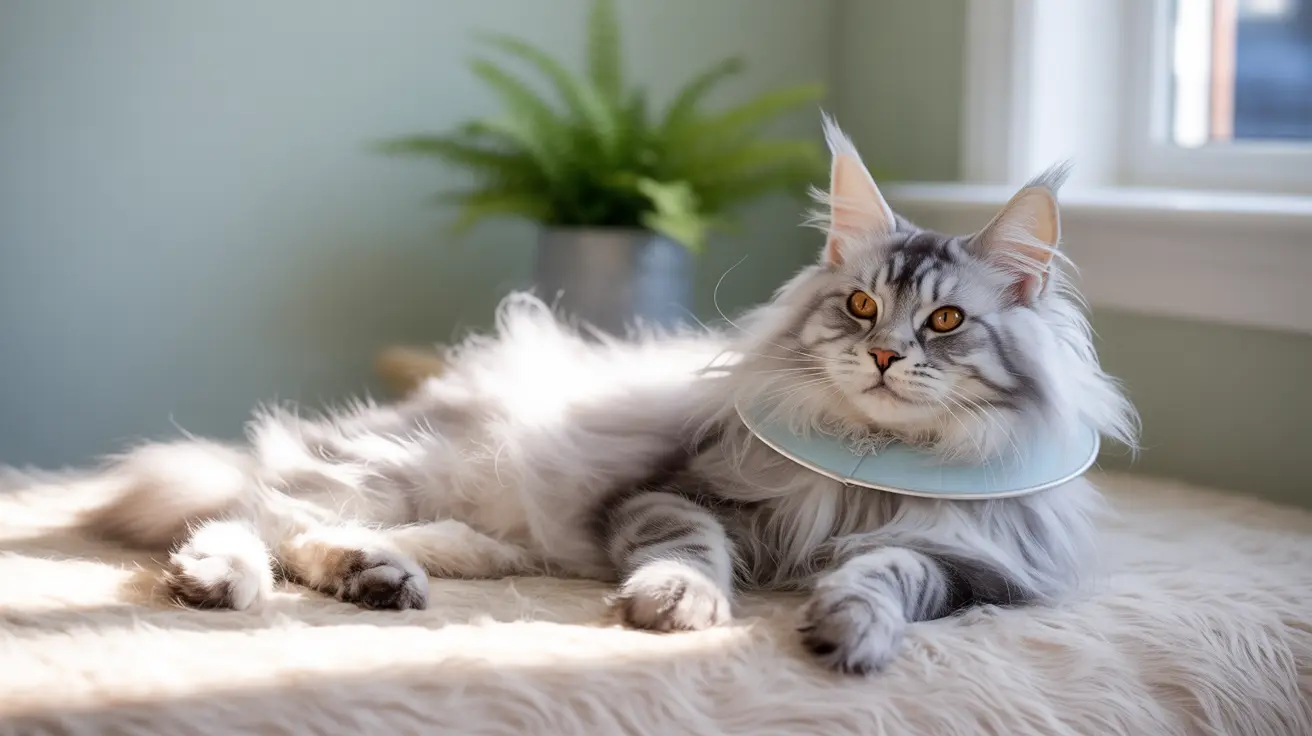Behind the Scenes: Advanced Animal Radiography Techniques at New England Aquarium
The world of aquarium animal X-rays reveals fascinating insights into how veterinary professionals care for some of the most unique creatures on Earth. At the New England Aquarium, animal radiography has become an essential tool for maintaining the health and wellbeing of diverse species ranging from tiny tropical fish to massive marine mammals. This advanced imaging technology allows veterinarians to peer inside their patients without invasive procedures, making it possible to detect health issues early and provide targeted treatment.
For pet owners curious about veterinary imaging, understanding how aquarium professionals use these techniques can offer valuable insights into modern animal healthcare. The sophisticated approach to animal radiography at facilities like the New England Aquarium demonstrates the evolution of veterinary medicine and the lengths professionals go to ensure optimal animal welfare.
Digital Radiography for Animals: A Game-Changing Technology
Modern aquarium veterinary technology has transformed how animal care teams approach health monitoring. Digital radiography systems provide instant, high-quality images that can be immediately reviewed and shared with specialists worldwide. This advancement eliminates the waiting time associated with traditional film processing and reduces the need for repeat exposures, minimizing stress for animal patients.
The transition to digital systems has been particularly beneficial for aquatic species, where time out of water must be minimized. Quick imaging sessions ensure that marine animals return to their optimal environment as rapidly as possible while still receiving thorough medical evaluation.
Stress-Free Animal X-Rays: Specialized Techniques for Unique Patients
Creating a calm environment for radiographic animal exams requires specialized knowledge of each species' behavior and needs. Veterinary teams must consider factors such as temperature sensitivity, breathing requirements, and natural movement patterns when positioning animals for imaging.
For terrestrial species housed in aquarium settings, such as reptiles and birds, the challenge involves maintaining appropriate environmental conditions while ensuring clear diagnostic images. The animal care team develops individualized protocols for each species, taking into account their specific anatomical features and behavioral responses to handling.
Sea Turtle Health Diagnosis Through Advanced Imaging
Sea turtles present unique challenges for veterinary imaging due to their size, shell structure, and aquatic requirements. Radiography helps veterinarians identify issues such as intestinal blockages from ingested debris, shell fractures, and internal injuries that might not be visible during physical examination.
The ability to quickly assess sea turtle patients has proven invaluable for rescue and rehabilitation efforts, allowing medical teams to prioritize treatment and develop appropriate care plans for these endangered species.
Penguin Aging X-Rays and Routine Health Monitoring
Routine health monitoring aquatic species involves regular radiographic screening, particularly important for aging animals. Senior penguins, for instance, may develop age-related conditions that require ongoing monitoring and management.
These routine screenings help veterinarians track changes over time, establishing baseline health parameters that prove invaluable when health issues arise. Early detection through regular imaging often means the difference between simple management and complex treatment protocols.
Reptile Radiography Techniques for Diverse Species
Anaconda veterinary care and other reptile species require specialized positioning and imaging techniques. The elongated body structure of large snakes presents unique challenges for comprehensive radiographic evaluation, often requiring multiple overlapping images to visualize the entire animal.
Understanding reptile anatomy and physiology allows veterinary teams to optimize image quality while minimizing handling time, reducing stress for these sensitive animals.
Frequently Asked Questions
How does the New England Aquarium use X-rays to care for different aquatic and terrestrial animals?
The aquarium employs digital radiography systems to perform quick, high-quality imaging of various species. Each animal receives individualized care protocols that consider their specific anatomical needs, environmental requirements, and stress responses. The technology allows for immediate image review and rapid return to optimal housing conditions.
What specific health issues can radiography detect in animals like sea turtles, penguins, and anacondas?
Radiographic imaging can identify intestinal blockages, fractures, internal injuries, age-related changes, reproductive issues, and organ abnormalities. For sea turtles, X-rays often reveal ingested debris or shell damage. In penguins, imaging helps monitor age-related conditions and overall health status. Anacondas and other reptiles benefit from radiography for detecting internal parasites, egg-binding, and digestive issues.
Why is routine radiographic monitoring important for senior animals at the aquarium?
Regular imaging of older animals helps establish baseline health parameters and detect age-related changes before they become serious problems. Early detection allows veterinary teams to implement preventive care measures and adjust husbandry practices to maintain quality of life. This proactive approach often prevents minor issues from developing into complex medical conditions requiring intensive treatment.
Conclusion
The sophisticated use of animal radiography at facilities like the New England Aquarium showcases the remarkable advances in veterinary medicine. These techniques not only improve patient outcomes but also contribute to our understanding of animal health and welfare across diverse species.
For pet owners, understanding these advanced imaging techniques highlights the importance of regular veterinary care and the value of modern diagnostic tools in maintaining animal health throughout their lives.






